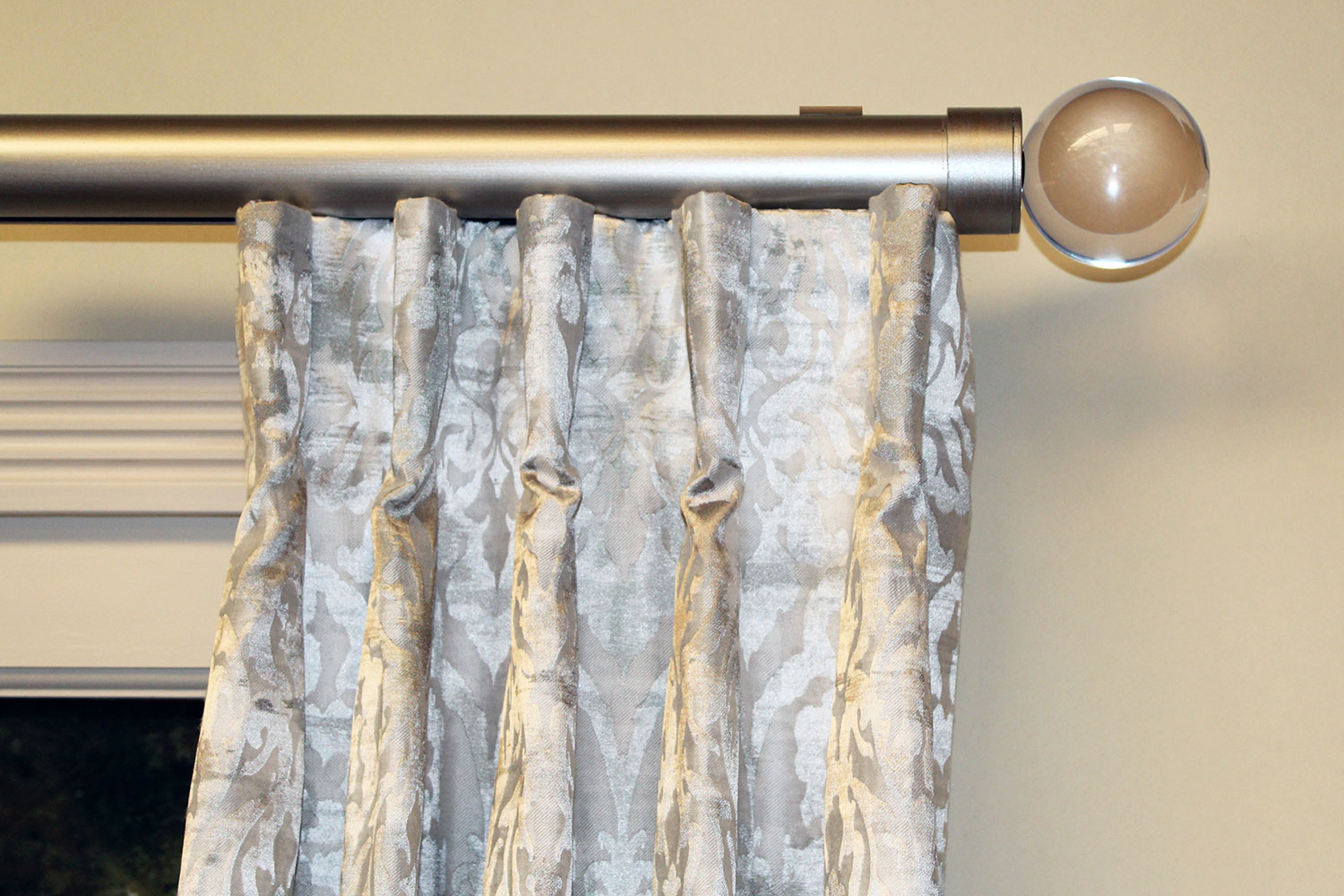

Articles
How To Hang Curtains On Traverse Rod
Modified: October 20, 2024
Learn the best techniques for hanging curtains on a traverse rod with our helpful articles. Discover step-by-step instructions and expert tips to achieve a perfect window treatment.
(Many of the links in this article redirect to a specific reviewed product. Your purchase of these products through affiliate links helps to generate commission for Storables.com, at no extra cost. Learn more)
Introduction
Adding curtains to your windows not only enhances the aesthetic appeal of your space but also provides privacy and helps control sunlight. When it comes to hanging curtains on traverse rods, the process may seem slightly more complex compared to traditional curtain rods. However, with the right tools and techniques, you can easily hang curtains on traverse rods and achieve a polished and professional look.
In this article, we will guide you through the step-by-step process of hanging curtains on traverse rods. From selecting the right curtains to installing the traverse rod and attaching the curtain hooks, we will cover all the essential aspects to ensure a successful and visually pleasing outcome.
So, let’s dive in and learn how to hang curtains on traverse rods like a pro!
Key Takeaways:
- Choosing the right curtains, preparing them meticulously, and troubleshooting common issues are crucial for a successful curtain installation on traverse rods. Attention to detail ensures a polished and professional outcome.
- The process of hanging curtains on traverse rods can be simplified by following a step-by-step approach and being prepared with the necessary tools and knowledge. With patience and creativity, achieving a visually pleasing and functional window treatment is within reach.
Read more: How To Hang Drapes On A Traverse Rod
Choosing the Right Curtains
Before you start the process of hanging curtains on traverse rods, it’s important to choose the right curtains for your space. Here are some factors to consider:
- Length: Measure the height from the rod to the floor to determine the appropriate curtain length. You can choose from floor-length curtains that skim the floor or opt for a slightly shorter length for a more modern look.
- Width: Measure the width of your window to determine how wide your curtains should be. To achieve a full and luxurious look, choose curtains that are about double the width of your window.
- Fabric: Consider the type of fabric that suits your needs and aesthetic preferences. Lighter fabrics like cotton and linen provide a breezy and casual look, while heavier fabrics like velvet and brocade create a more formal and luxurious ambiance.
- Color and Pattern: Choose curtains that complement the color scheme and style of your room. Consider whether you want the curtains to be a focal point or simply blend in with the existing decor.
- Functionality: Determine the level of light control and privacy you require. Sheer curtains allow ample natural light while providing minimal privacy, while blackout curtains block out light and provide maximum privacy.
By considering these factors, you can narrow down your options and select curtains that not only enhance the overall look of your space but also meet your functional needs.
Items Needed for Hanging Curtains
Before you begin the installation process, gather the following items to ensure a smooth and hassle-free experience:
- Traverse Rod: Purchase a traverse rod that matches the width and style of your window. Traverse rods are specially designed with a pulley system that allows curtains to open and close effortlessly.
- Curtain Rings or Hooks: Depending on the type of traverse rod you have, you will need either curtain rings or hooks to hang the curtains. Make sure to choose rings or hooks that are compatible with your traverse rod.
- Curtains: Select curtains that are the appropriate length and width for your window, as mentioned earlier. The number of panels and their width will depend on the desired fullness and style.
- Measuring Tape: Use a measuring tape to accurately measure the height and width of your window to ensure the curtains will fit correctly. It can also help in determining the proper placement of the traverse rod.
- Drill and Drill Bits: If necessary, you may need a drill to install mounting brackets for the traverse rod. Use the appropriate size of drill bits based on the instructions provided with the traverse rod.
- Screwdriver: A screwdriver will be needed to tighten screws and secure the traverse rod and mounting brackets in place.
- Pencil: A pencil will come in handy when marking the positions for drilling the holes or for any necessary measurements.
- Step Stool or Ladder: Depending on the height of your window, you may need a step stool or a ladder to easily reach the installation area.
Having these items ready before you start the installation process will save you time and ensure a successful outcome. Additionally, make sure to read the instructions provided with the traverse rod to understand any specific requirements or additional tools that may be needed.
Installing the Traverse Rod
Now that you have chosen the right curtains and gathered the necessary items, it’s time to install the traverse rod. Follow these steps:
- Start by marking the placement for the traverse rod brackets on the wall or window frame. Use a pencil to make precise markings, ensuring that the brackets are level.
- If the traverse rod requires mounting brackets, position them according to the markings and use a drill to create pilot holes for the screws.
- Secure the mounting brackets in place using a screwdriver. Make sure they are firmly attached to the wall or window frame.
- Insert the traverse rod into the brackets. Depending on the specific design of the traverse rod, you may need to adjust the brackets to ensure the rod fits securely.
- If the traverse rod has a center support bracket, install it in the middle to provide additional support for longer rods.
- Once the traverse rod is in place, test its functionality by pulling the cord or cordless mechanism to ensure the curtains slide smoothly and without any obstructions.
It’s important to carefully follow the manufacturer’s instructions for your specific traverse rod, as installation methods and requirements may vary. If you encounter any difficulties or are unsure about any steps, consult the instruction manual or seek assistance from a professional.
With the traverse rod successfully installed, you are now ready to move on to the next steps to hang the curtains.
Preparing the Curtains
Once the traverse rod is installed, it’s time to prepare the curtains for hanging. Follow these steps:
- Before hanging the curtains, it’s recommended to iron or steam them to remove any wrinkles and ensure they hang beautifully. Follow the care instructions provided with the curtains and use the appropriate setting on your iron or steamer.
- If your curtains have a header tape, make sure to gather the fabric evenly along the tape and secure it with pins or clips. If the curtains do not have a header tape, ensure they are folded evenly and neatly.
- Determine the desired height at which you want the curtains to hang. This will depend on personal preference and the overall aesthetics of the room. Make a small mark with a pencil or use pins to indicate the desired curtain length.
- Measure the distance from the top of the curtain to the bottom hem to ensure all curtains are at the same length. Make any necessary adjustments by folding or hemming the curtains.
- For a more polished look, you may choose to add curtain weights or fabric weights to the bottom hem of the curtains. These weights help the curtains hang straight and prevent them from billowing in the wind.
By preparing the curtains beforehand, you ensure they are in optimal condition and ready for hanging on the traverse rod. Taking these steps will help achieve a professional and visually appealing result.
When hanging curtains on a traverse rod, make sure to use curtain hooks specifically designed for traverse rods. These hooks will easily slide along the rod, allowing for smooth opening and closing of the curtains.
Read more: How High To Hang A Shower Curtain Rod
Attaching the Curtain Hooks
After preparing the curtains, it’s time to attach the curtain hooks. Follow these steps:
- Starting from the first panel of curtains, position the curtain hooks evenly along the top edge of the curtain. The number of hooks will depend on the width of the curtain and the spacing recommended by the manufacturer.
- Insert the hooked end of the curtain hooks into the fabric of the curtain, making sure they are securely attached.
- Repeat this process for each panel of curtains, spacing the hooks evenly and maintaining the same height for a uniform look.
- Once all the hooks are attached, double-check that they are properly aligned and securely fastened.
It’s important to note that some curtains may come with pre-attached curtain hooks, eliminating the need for separate hooks. In this case, simply skip this step and move on to the next one.
By attaching the curtain hooks correctly, you ensure that the curtains will smoothly glide along the traverse rod without any snags or disruptions.
Hanging the Curtains
With the curtain hooks securely attached, it’s time to hang the curtains on the traverse rod. Follow these steps:
- Starting from one end, hold the curtain panel with the curtain hooks and gently lift it up to the traverse rod.
- Insert the curtain hooks into the traverse rod carriers or rings. Ensure that each hook is securely attached and the weight of the curtains is evenly distributed.
- Repeat this process for each panel of curtains, making sure to maintain the desired spacing between each panel.
- Once all the curtains are hung, step back and check if they are evenly aligned and hanging at the desired length. Make any necessary adjustments by sliding the curtain hooks along the traverse rod.
- Gently pull the curtains back and forth along the traverse rod to ensure they glide smoothly and open and close without any issues.
As you hang the curtains, take your time to ensure that they are properly aligned and create an even and balanced appearance. Adjustments can be made by sliding the curtain hooks along the traverse rod to achieve the desired positioning.
Once the curtains are hung, stand back and admire the transformation they bring to your space, enhancing its visual appeal and functionality.
Adjusting the Curtain Length
After hanging the curtains, you may find that they need some adjustments in length to achieve the perfect look. Follow these steps to adjust the curtain length:
- First, determine the desired length for the curtains by considering the floor clearance or any specific aesthetic preference.
- If the curtains are too long, carefully lift the bottom hem and fold it upwards to the desired length. Secure the folded fabric with straight pins or fabric tape.
- Alternatively, if the curtains are too short, you may need to add a fabric panel or hemming tape to increase their length. Measure the desired additional length and attach the fabric panel or hemming tape accordingly.
- Gently iron or steam the folded hems or added fabric panels to create a neat and seamless appearance.
- Once the adjustments are made, step back and assess the curtain length. Ensure that all panels are adjusted to the same length for a cohesive and balanced look.
By adjusting the curtain length, you can achieve the perfect fit and create a more polished and customized appearance for your windows. Take your time during this step to ensure that the curtains complement the overall aesthetics of the room.
Troubleshooting Common Issues
While hanging curtains on traverse rods is generally a straightforward process, you may encounter some common issues along the way. Here are a few troubleshooting tips:
- Curtains not sliding smoothly: If you find that the curtains are not sliding smoothly along the traverse rod, check for any obstructions or tangles in the curtain hooks or carriers. Ensure that the hooks are properly attached and aligned with the carriers, and that the curtains are not catching on any other hardware.
- Uneven curtain length: If the curtain panels appear to be uneven in length, recheck the positioning of the curtain hooks. Ensure that they are evenly spaced and at the same height on each panel. Adjust the hooks as necessary to achieve a uniform look.
- Excessive curtain sagging: If the curtains are sagging in the middle, it may indicate that the traverse rod is not providing enough support. Consider installing a center support bracket to provide additional stability. If the sagging persists, you may need to replace the traverse rod with a sturdier one.
- Inadequate privacy or light control: If the curtains are allowing too much light or compromising privacy, consider adding blackout lining or sheer curtains to enhance light control and privacy. These additional layers can be easily attached to the existing curtains using curtain hooks or clips.
- Visible hardware: If the mounting brackets or traverse rod carriers are visible and detract from the overall appearance, consider adding a decorative valance or pelmet to conceal them. Valances can be easily attached to the traverse rod or mounted separately above it.
Remember that troubleshooting these issues may require some experimentation and adjustments. Don’t hesitate to try different solutions or seek advice from professionals to achieve the desired outcome.
Read more: How To Hang Up Curtains Without A Rod
Conclusion
Hanging curtains on traverse rods may initially seem daunting, but with the right approach and tools, it can be a rewarding and straightforward process. By following the steps outlined in this article, you can achieve a professional and visually pleasing result that enhances the overall look and functionality of your space.
Remember, choosing the right curtains is crucial for achieving the desired aesthetic and functional goals. Consider factors such as length, width, fabric, color, and functionality when selecting your curtains.
Ensure you have all the necessary items on hand, including a traverse rod, curtain rings or hooks, curtains, measuring tape, drill, screwdriver, pencil, and a step stool or ladder as needed.
Once the traverse rod is installed, take the time to prepare the curtains by ironing or steaming them and adjusting the length if necessary. Attach the curtain hooks evenly along the top edge of the curtains and hang them on the traverse rod.
If required, make adjustments to the curtain length and troubleshoot any common issues that may arise, such as curtains not sliding smoothly or uneven curtain length.
By following these steps and troubleshooting tips, you can achieve a seamless and professional-looking curtain installation on traverse rods.
Now it’s time to enjoy your beautifully hung curtains, which not only enhance the aesthetic appeal of your space but also provide privacy and control over sunlight. Sit back, relax, and appreciate the transformation they bring to your home.
Remember that practice makes perfect, and don’t be afraid to experiment and make adjustments as needed. With a bit of patience and creativity, you can create a stunning and functional window treatment that truly completes your space.
Now that you've mastered hanging curtains on a traverse rod, why not tackle more home projects? Our article on DIY home improvement offers practical advice and creative ideas to transform your space efficiently. Whether you're looking to spruce up your living room or revamp your backyard, these tips will guide you through each step, ensuring your projects turn out just right. Get ready to enhance your home's comfort and style with your own two hands!
Frequently Asked Questions about How To Hang Curtains On Traverse Rod
Was this page helpful?
At Storables.com, we guarantee accurate and reliable information. Our content, validated by Expert Board Contributors, is crafted following stringent Editorial Policies. We're committed to providing you with well-researched, expert-backed insights for all your informational needs.
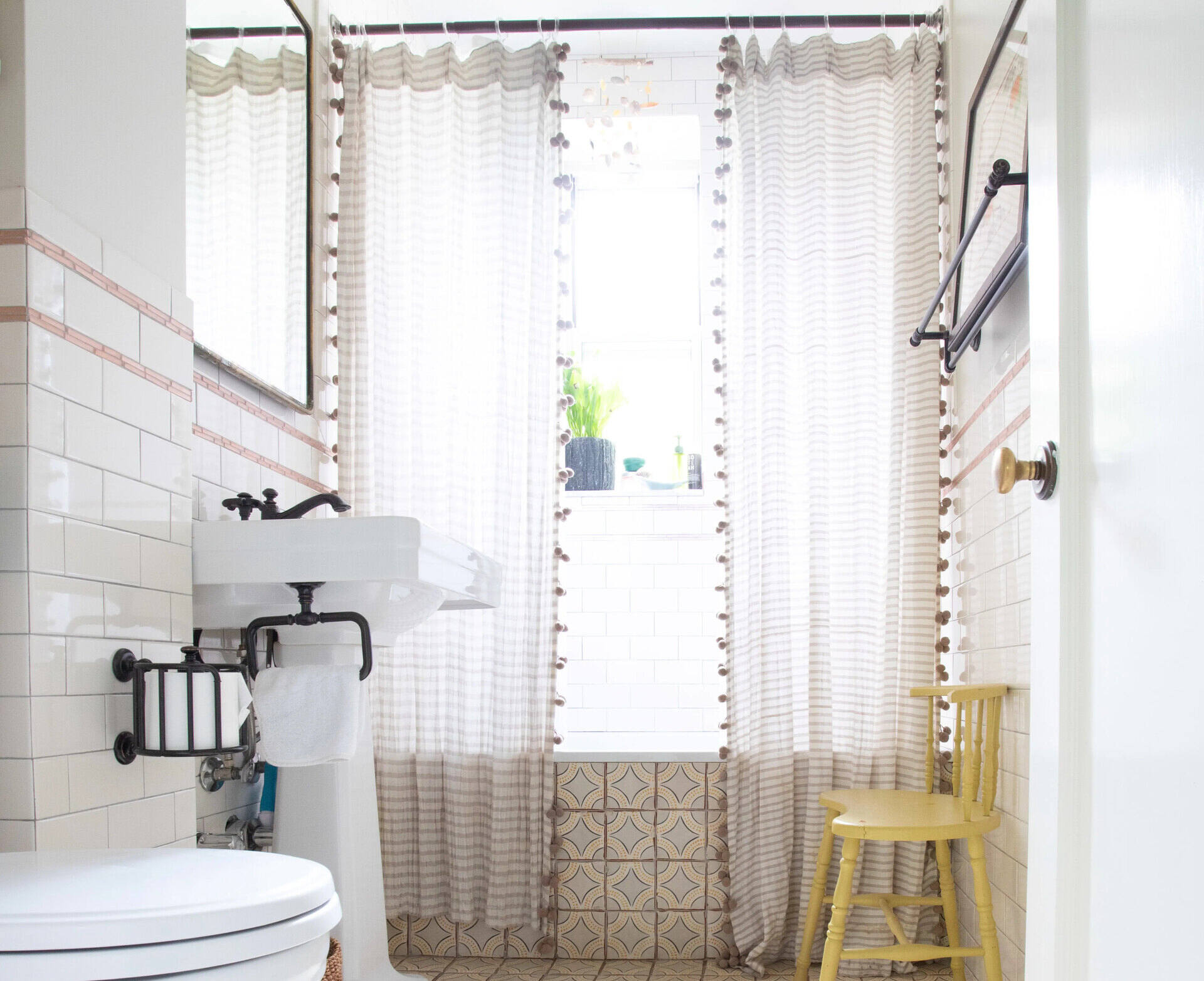
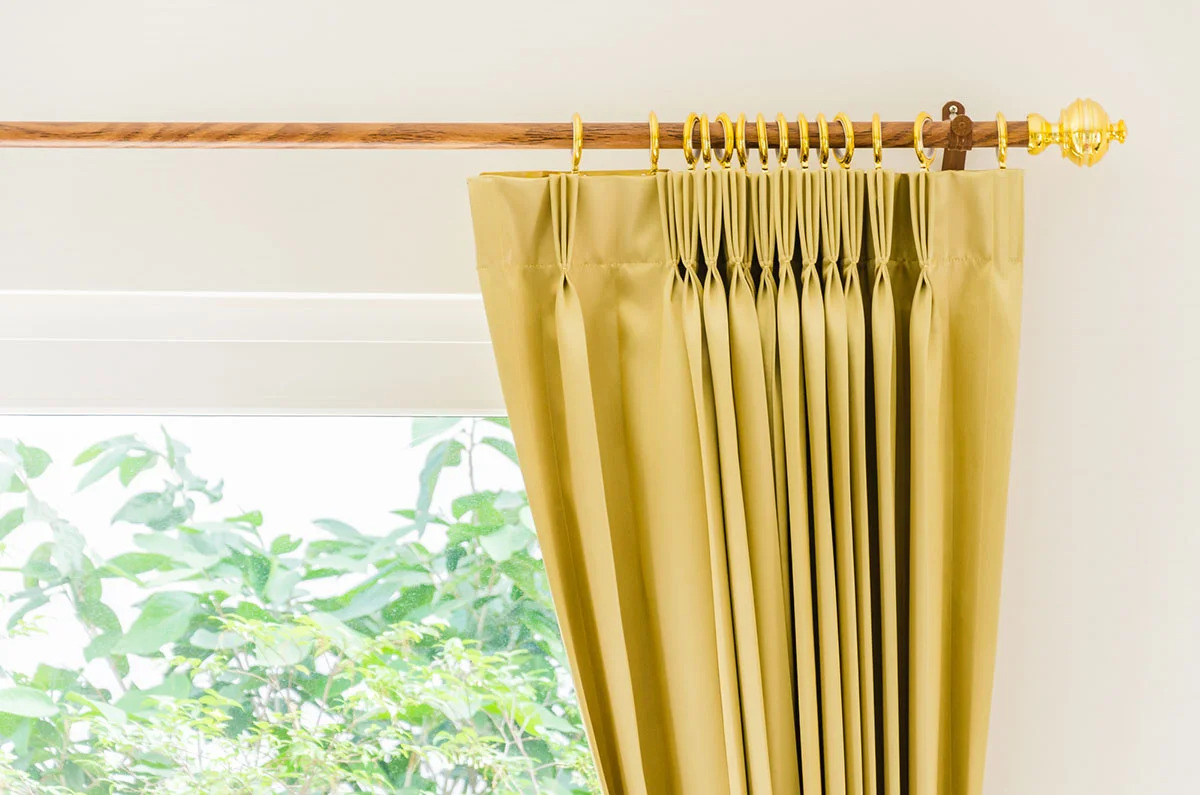
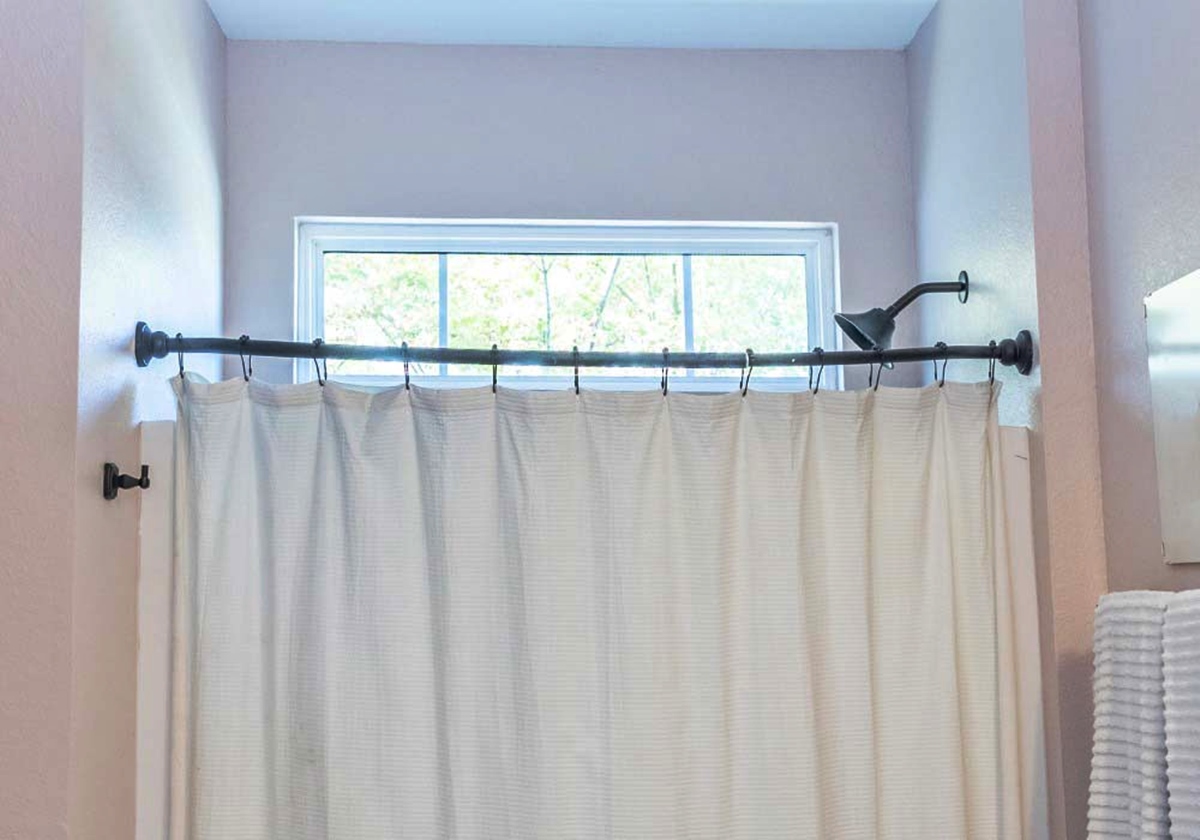
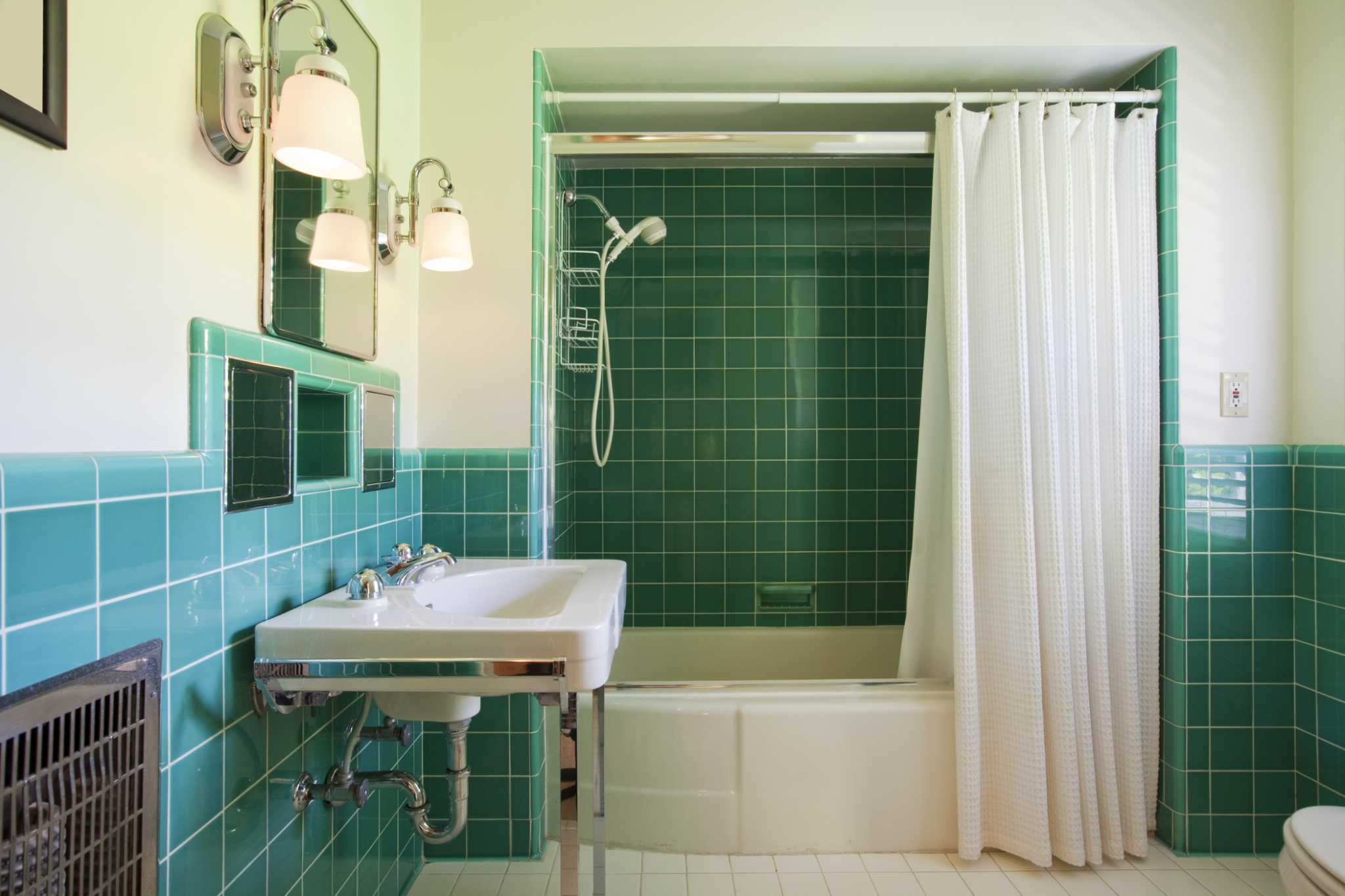
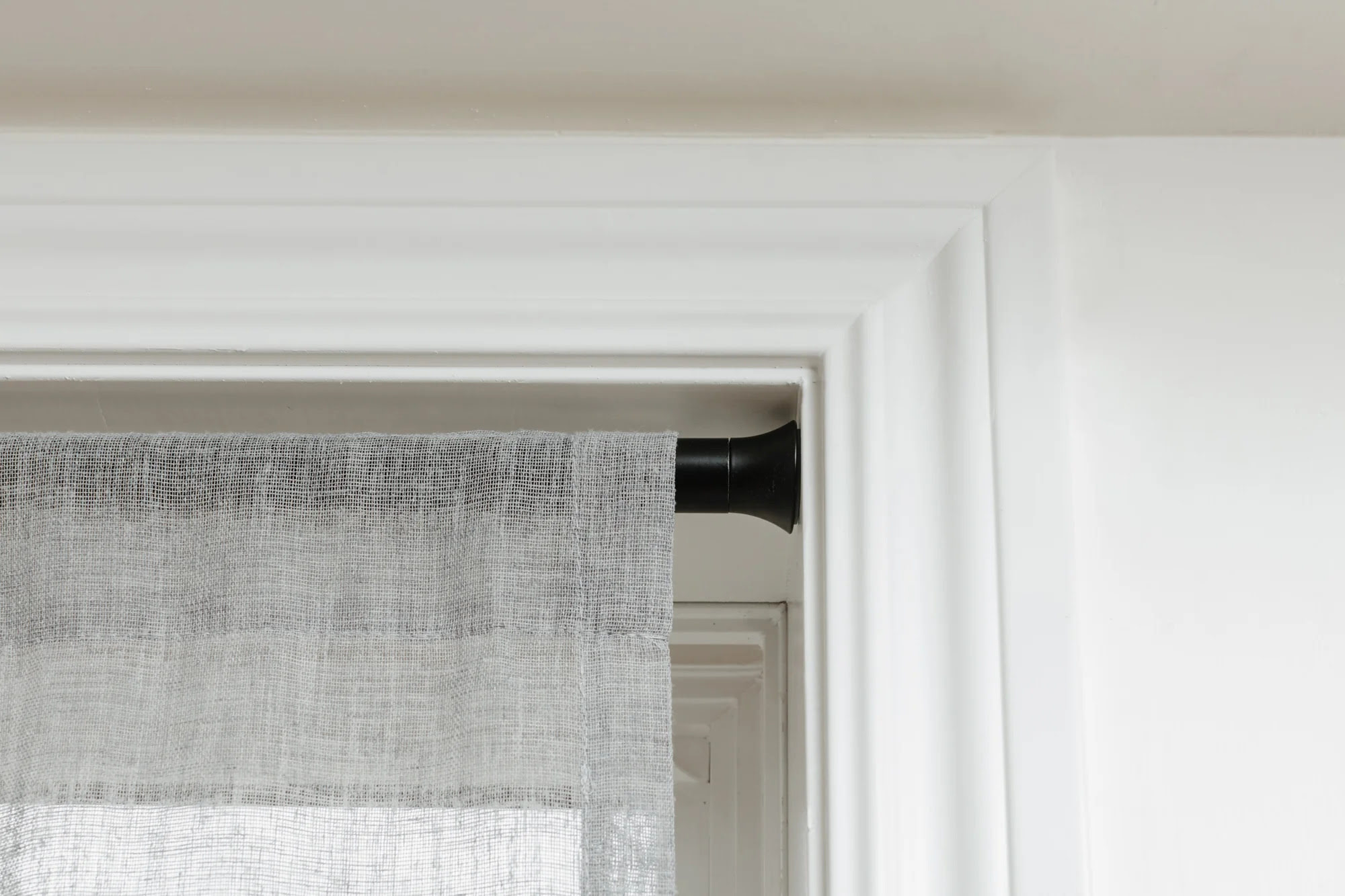
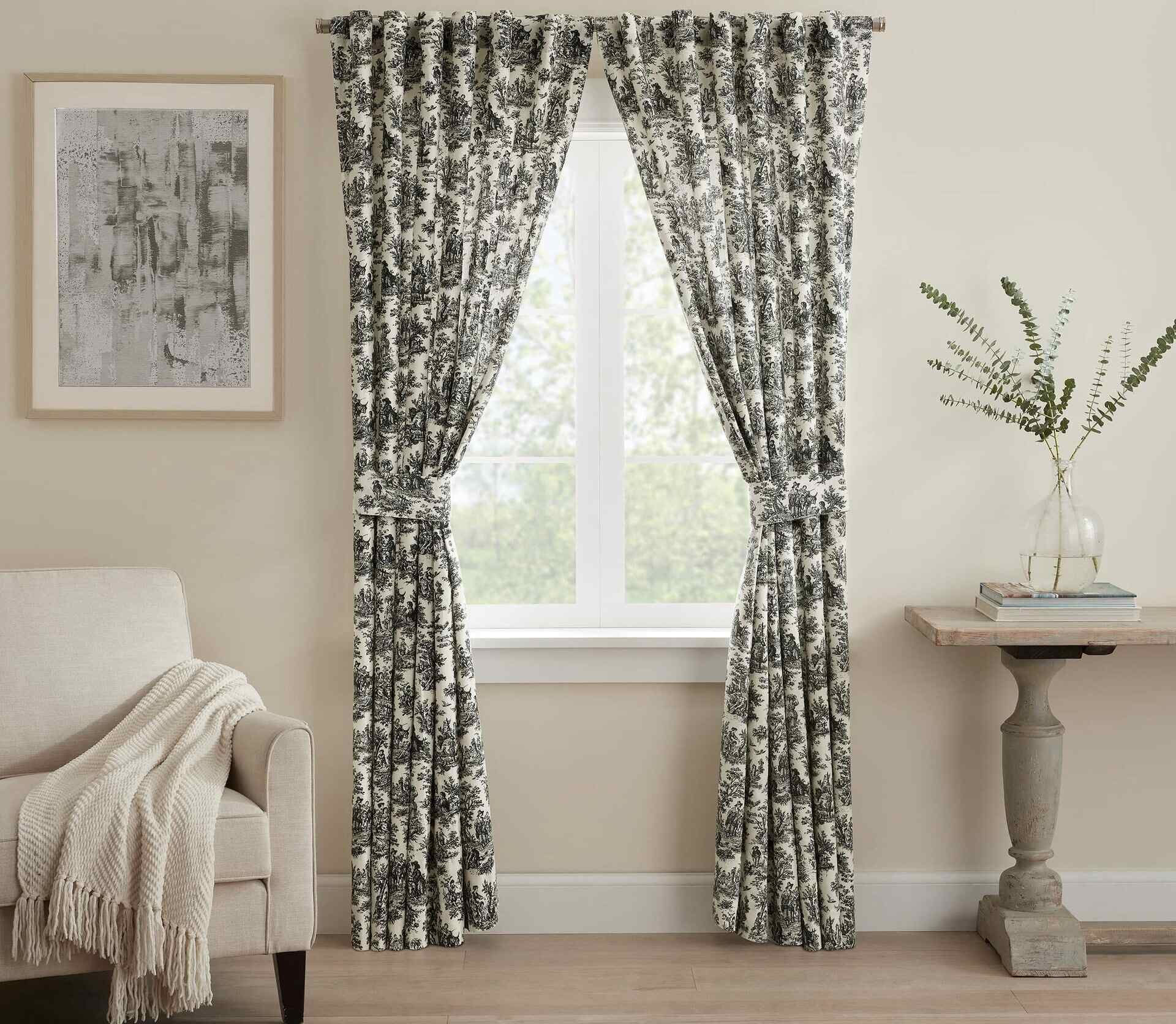
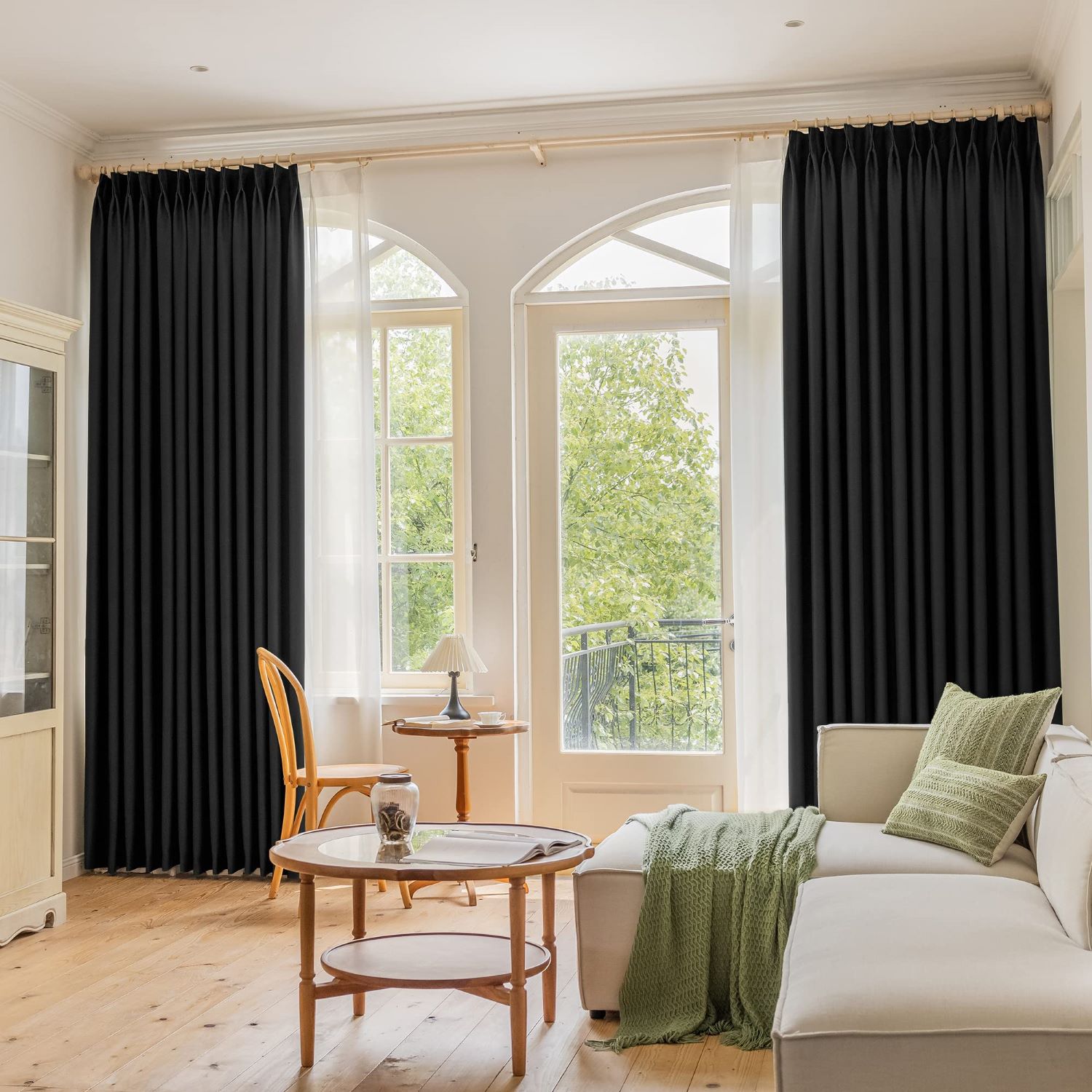
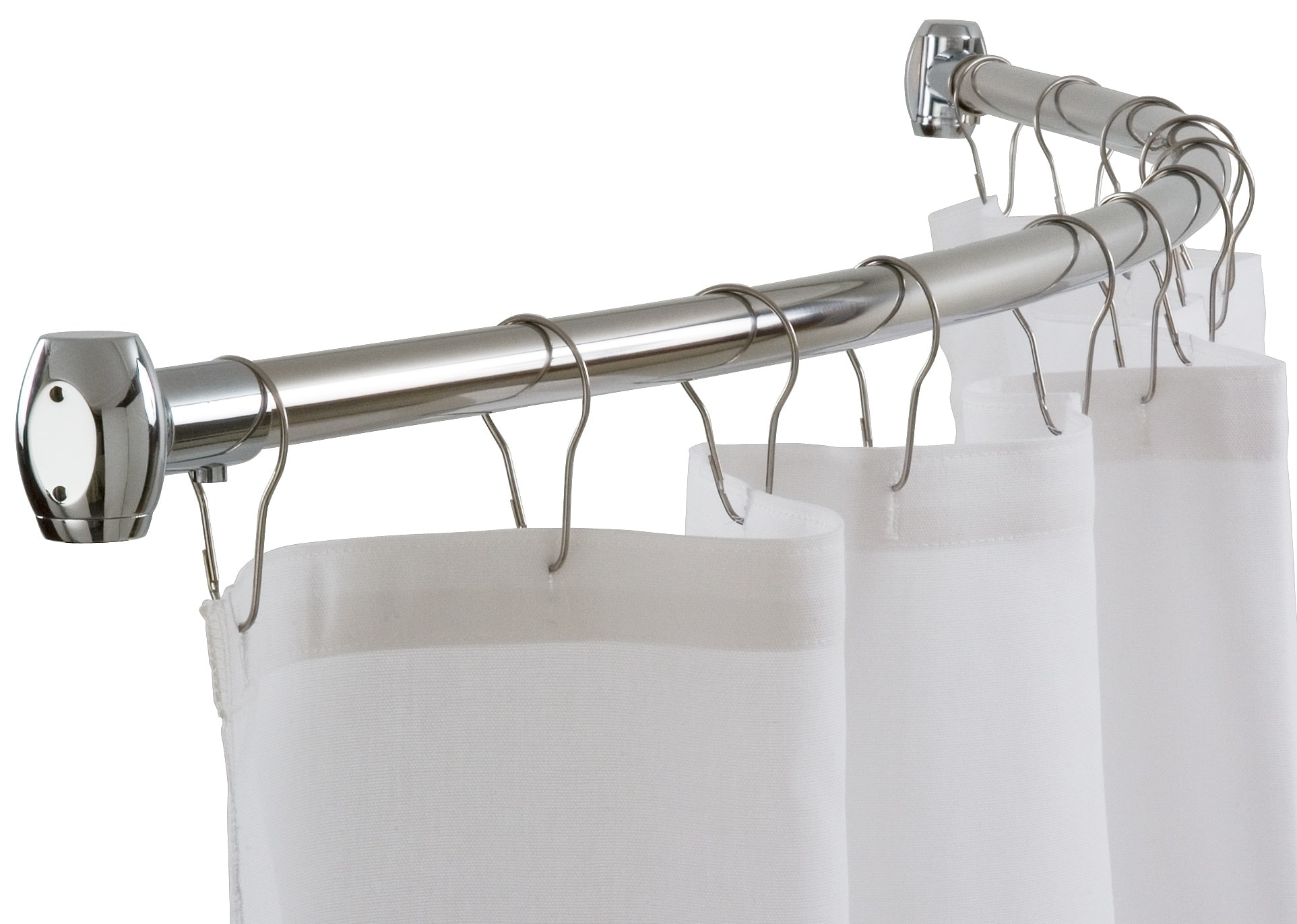
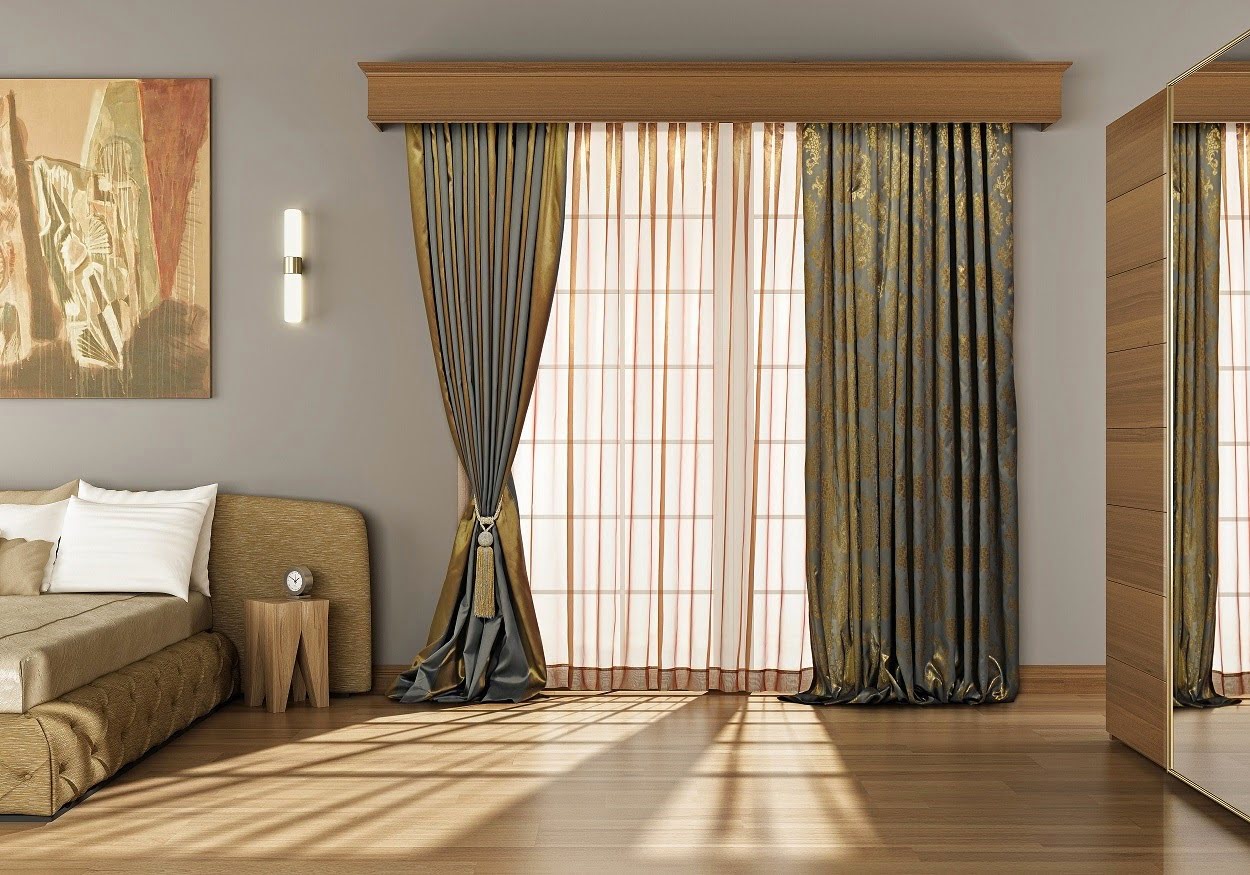
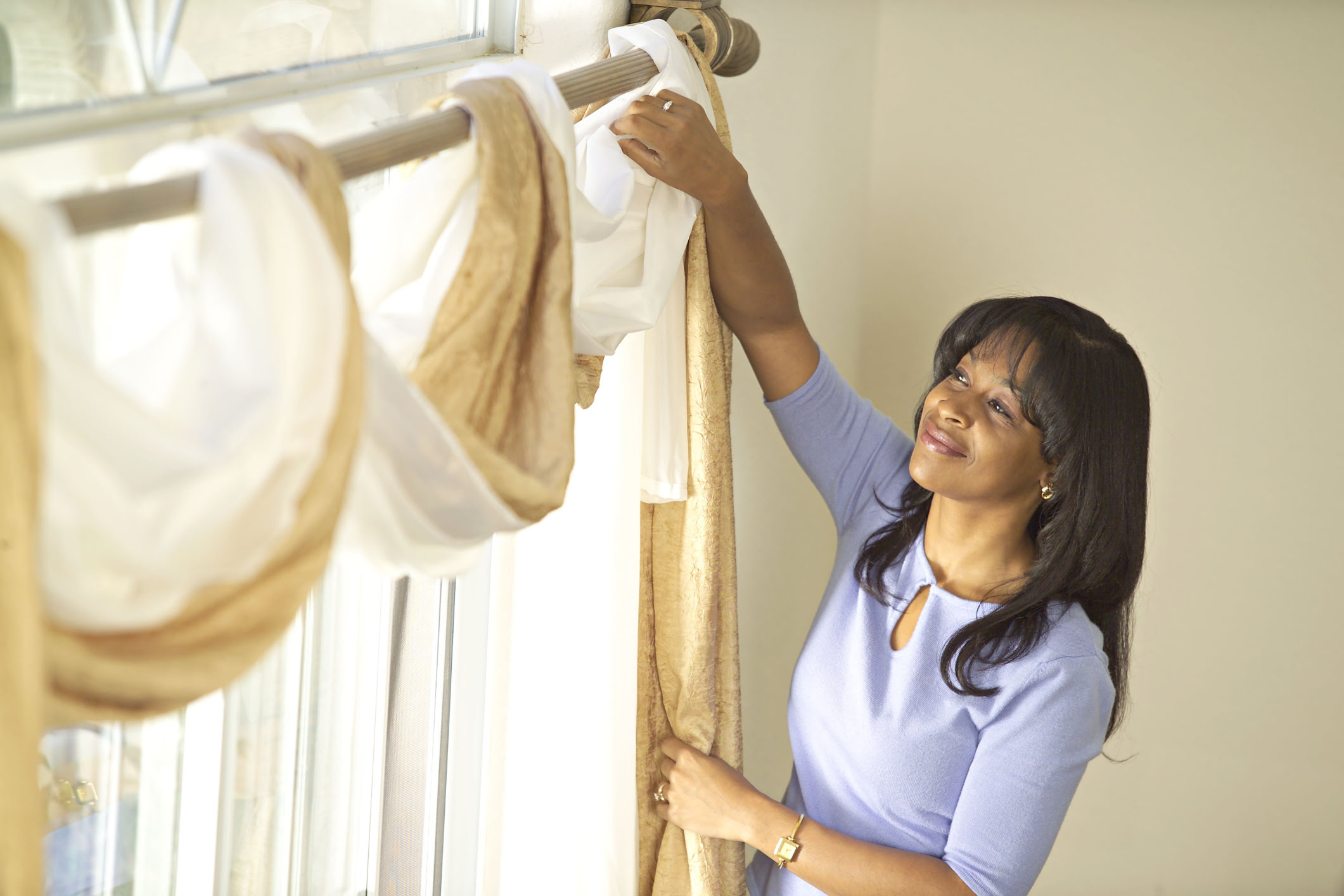
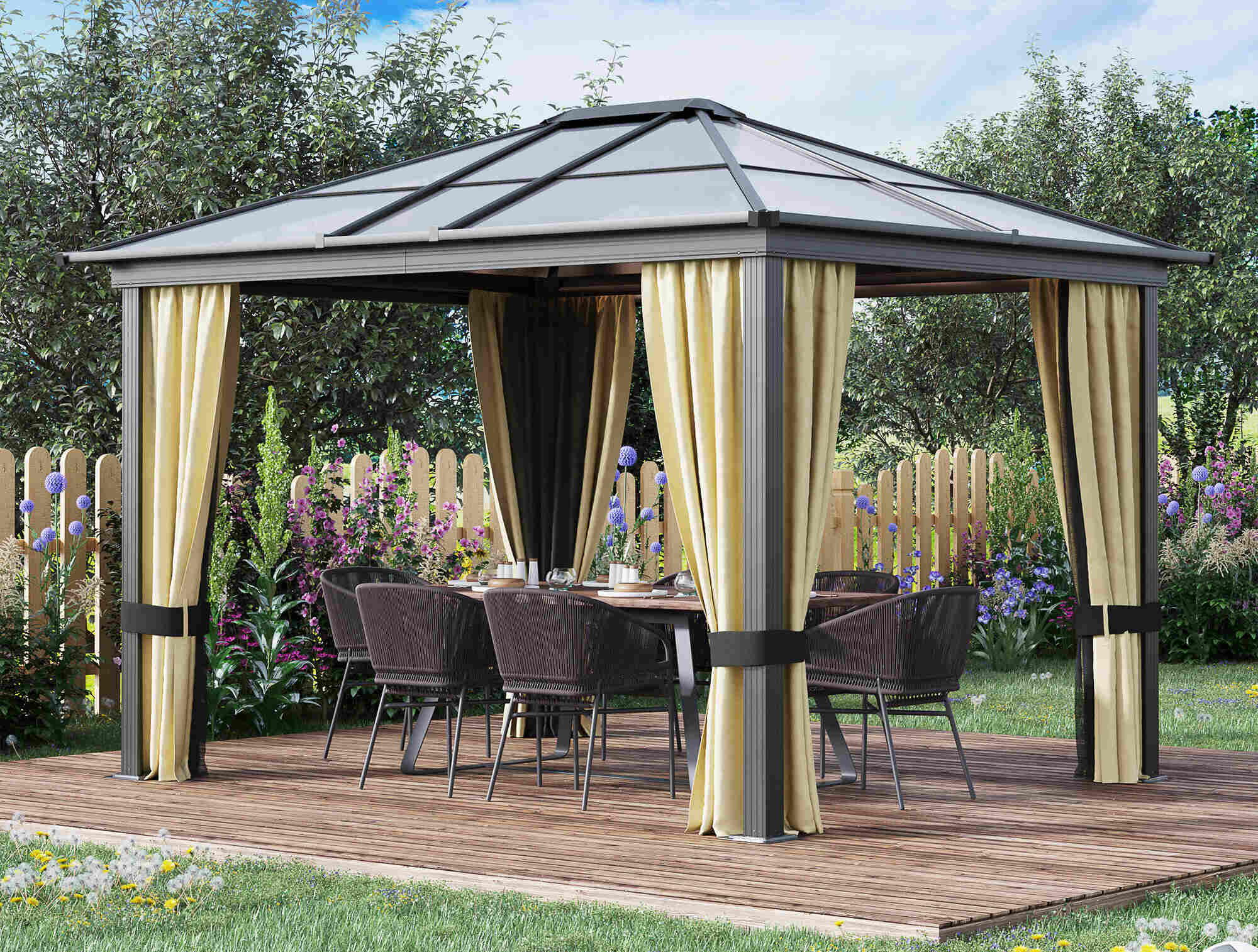
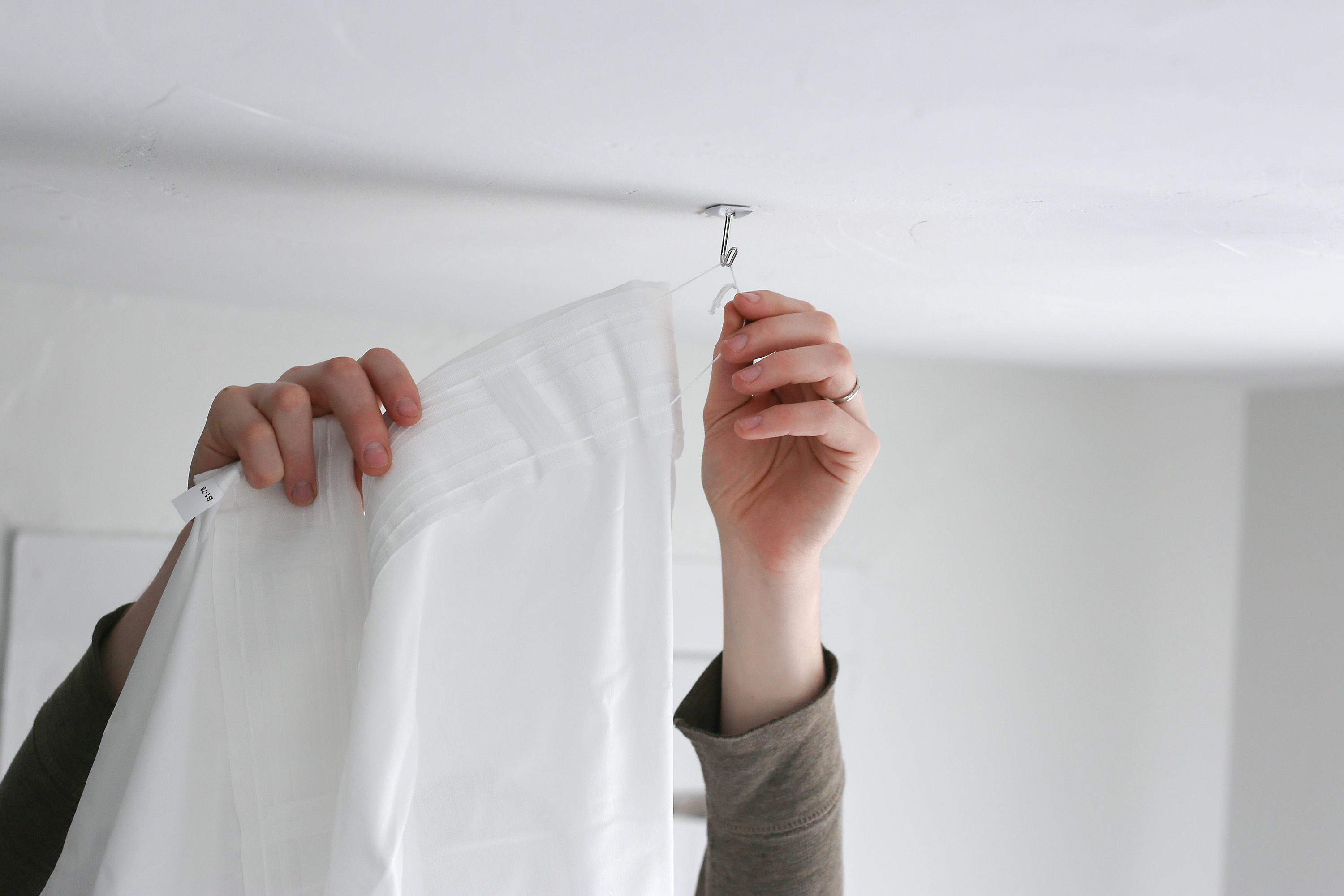
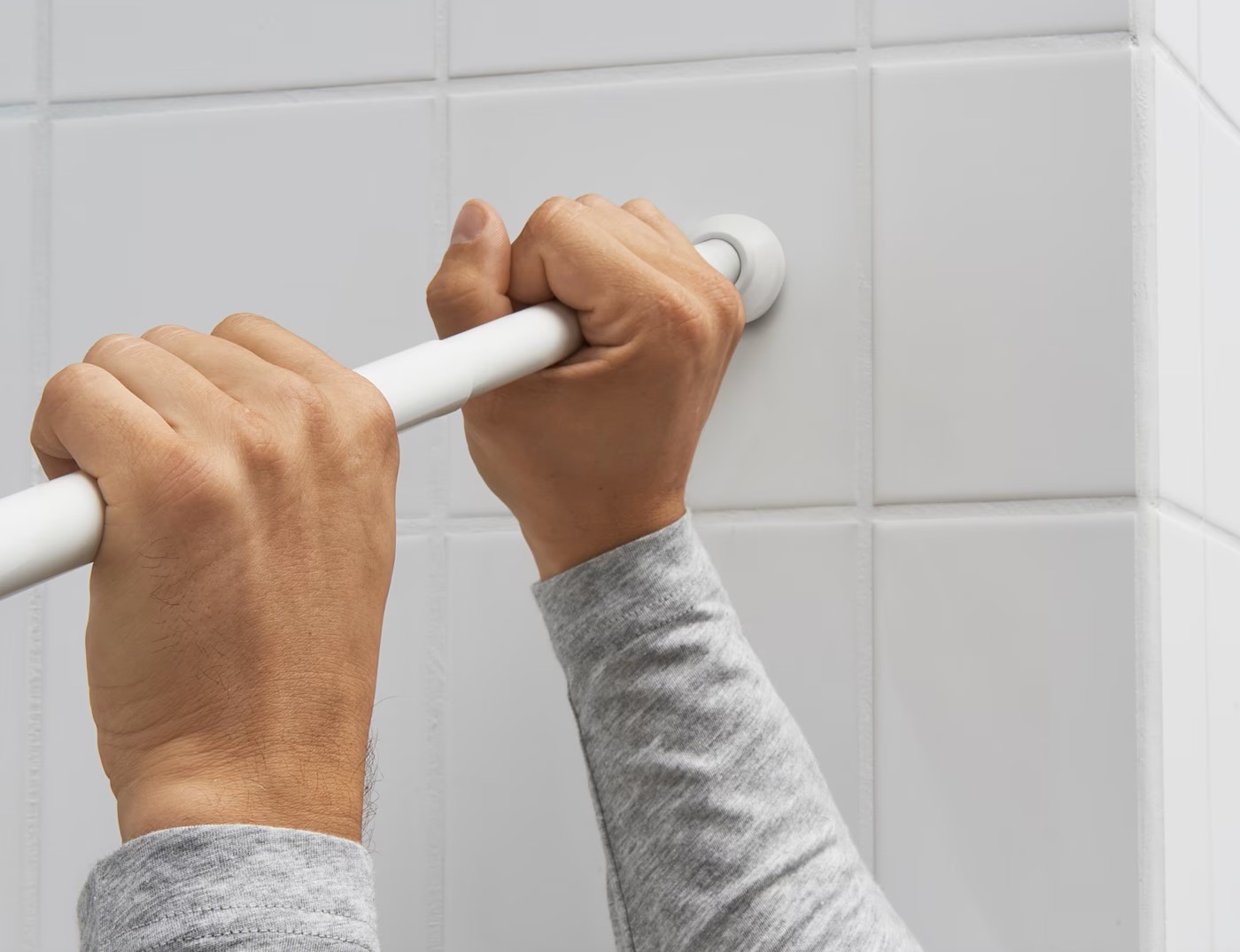

0 thoughts on “How To Hang Curtains On Traverse Rod”